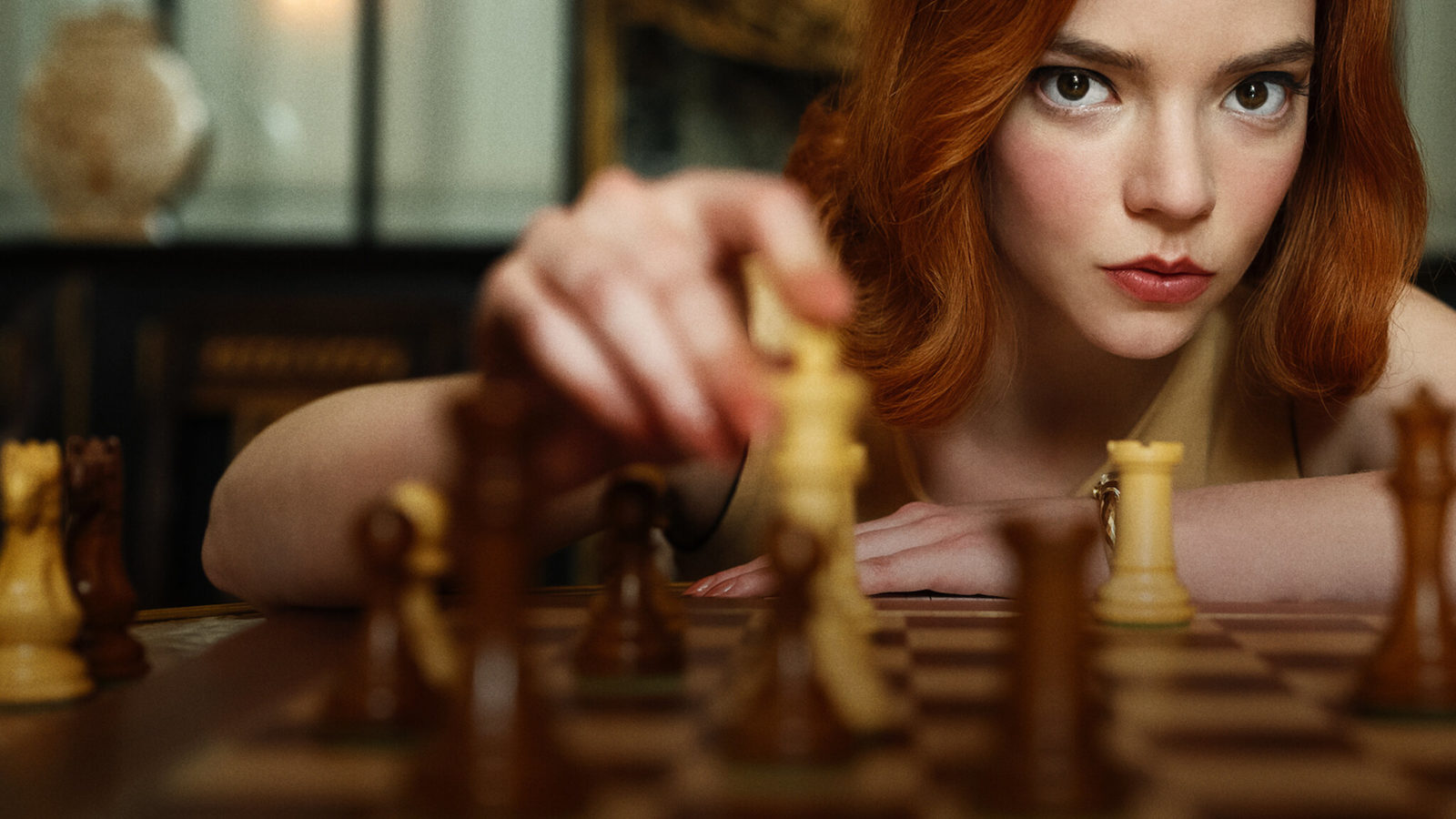Anya Taylor-Joy stars in Netflix’s new show “The Queen’s Gambit.” Photo from Lifstyleasia.com.
Netflix’s miniseries “The Queen’s Gambit” had me hooked from the very beginning.
Based on a 1983 novel of the same name, Beth Harmon, the main character, loses her mother in a car crash within the first minutes of the first episode. From there, she’s sent to an all-girls orphanage, where she becomes addicted to the tranquilizer pills that she’s given every night, starting a lifelong problem with substance abuse.
In the orphanage, however, Beth learns to play chess in the basement from the janitor, Mr. Shaibel, and it’s clear from the beginning that she is a chess prodigy. The series follows her from her time in the orphanage (in the mid-1950s) through her young adult life (in the late 1960s). As we watch her grow up, not only do we see her journey into the world of professional, competitive chess, but also her path deeper into substance abuse and interpersonal chaos.
Incredibly talented lead actress Anya Taylor-Joy, who plays Beth ages 15 and up, shines even in the moments where she’s not speaking. During the chess matches – for which the actors learned and had to memorize the moves five minutes before filming – you can see the stress of the game in her face. You can see the gears turning in her head trying to plan her next move, the elation when she makes a strong, unexpected move and the pain and frustration when she (rarely) gets outsmarted. Taylor-Joy’s facial expressions are worth a thousand words in every scene, but the strength and clarity of them during the chess matches highlight how important the game is to Beth and how she often feels that the rest of her life pales in comparison. Isla Johnston, who played younger Beth, does equally as good a job.
Other notable cast members include Marielle Heller as Beth’s adoptive mother, Alma Wheatley; Thomas Brodie-Sangster as Benny Watts, a fellow chess prodigy; and Moses Ingram as Beth’s childhood friend Jolene. Marcin Dorocinski, who plays Soviet chess grandmaster Vasily Borgov, also gives an impressive performance as a deeply dedicated, stoic chess player; a character cut from the same cloth as Beth but with a different energy.
The costuming and set design put you right into that time period. Every character is dressed in a way that so perfectly fits their personality and their personality developments over time. This is particularly seen in Beth – as she earned more money from chess tournaments, she was able to shop for clothes that fit what she wanted her style to be as she grew up. The cinematography is gorgeous, as are the visual effects. For example, Beth visualizes a chess board on her ceiling, and we can see her playing the game that only she can see.
Beth’s story in this show is told beautifully in every possible way. It also had me cheering for chess matches the way you would for a team in the Super Bowl, which was unexpected, but pretty cool. I can’t recommend this show highly enough (and if you don’t have Netflix, you can easily watch this within the week-long free trial window; it took me two days).
Rating: 9/10




